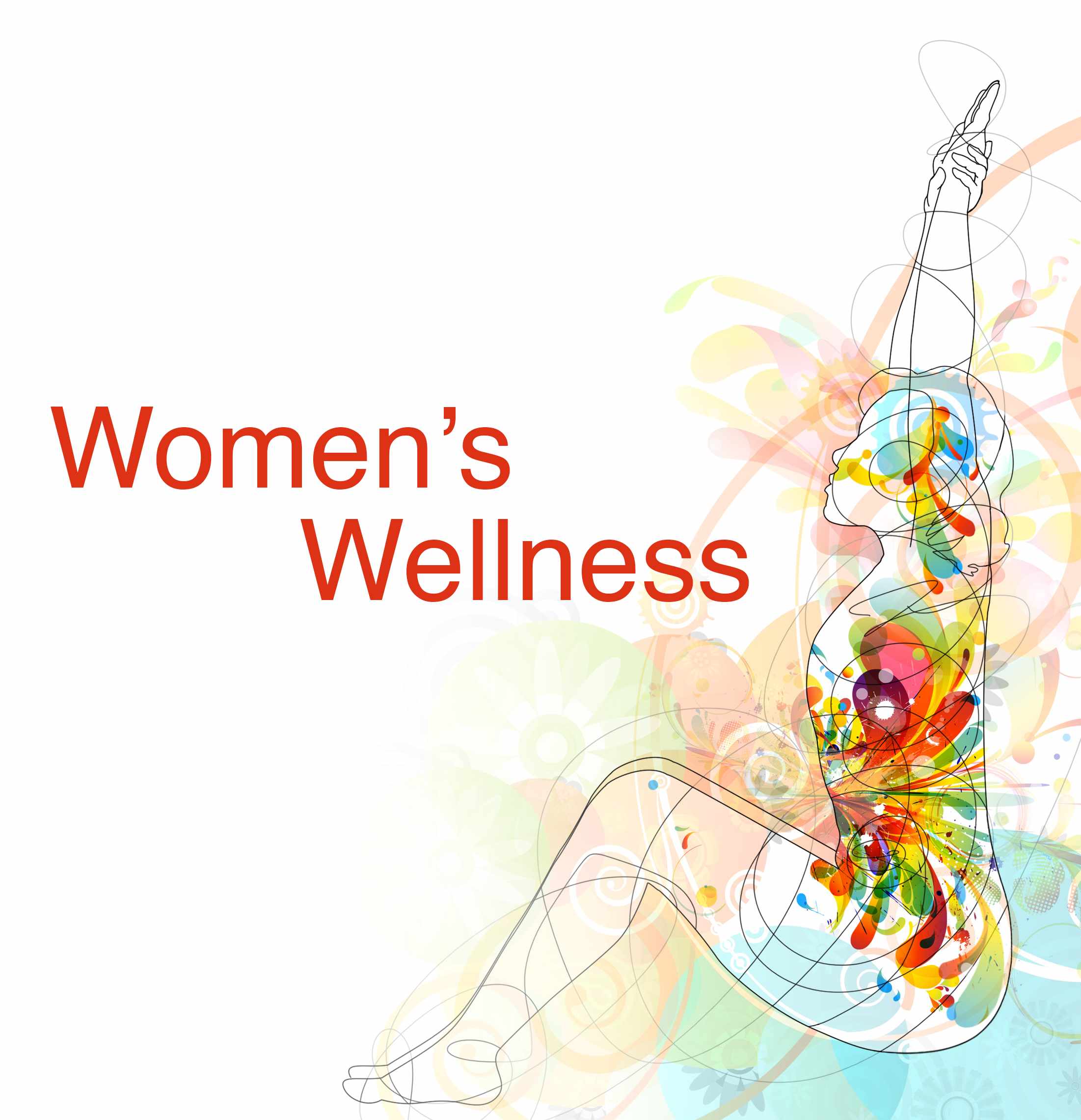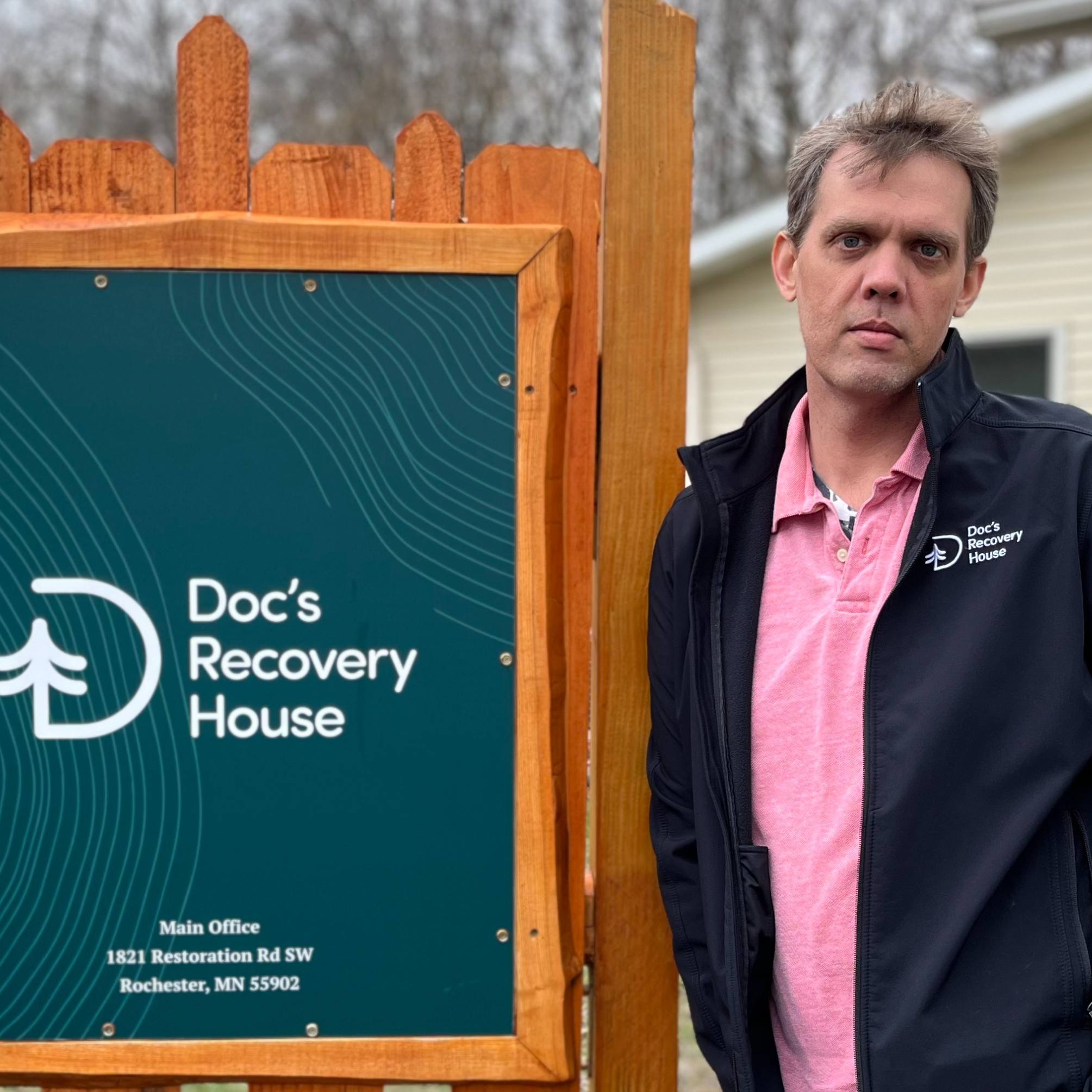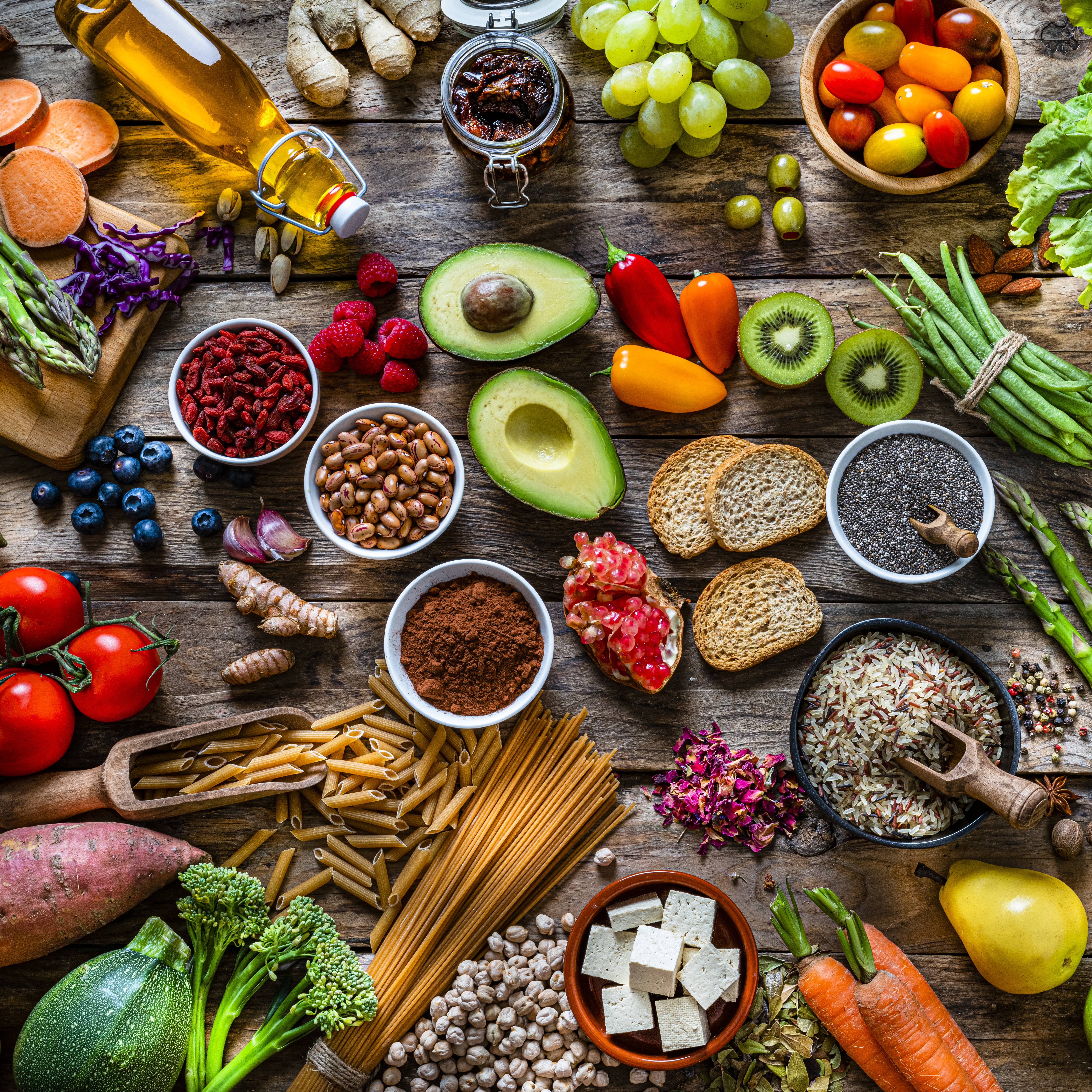-
Women’s Wellness: Blood pressure, estrogen and menopause

What's the connection between estrogen and blood pressure? Mayo Clinic anesthesiologist and exercise expert Dr. Michael Joyner says, "One of the things that happens when you look at blood pressure in men and women, you see two very different patterns." He adds, "We’ve also discovered that estrogen plays a key role in explaining why blood pressure is lower in young women and higher in older women."
The article below is written for the Office of Women's Health by Dr. Joyner.
______________________________________________________________
Blood pressure is different in men and women, and these differences have profound implications for women’s health, because high blood pressure is such an important risk factor for heart disease and stroke. Over the past 10 years, my colleagues and I have shown that the ability of the fight or flight (sympathetic) part of the nervous system to tighten up or constrict the blood vessels of young women is reduced, compared to men. However, at menopause, the fight or flight system comes roaring back and is able to cause marked constriction in the blood vessels of middle-aged and older women.
These simple observations, made in the volunteers we study in our lab at Mayo Clinic, explain a lot. First, in young women, blood pressure is typically lower than in young men. Second, young women tend to faint more than young men. When young women stand up, the fight or flight nerves increase their activity, but this increased firing does not cause the blood vessels to constrict. Third, young women are also much more likely than young men to have disorders of low blood pressure. All three of these responses are due in part to the relative inability of blood vessels in young women to constrict when exposed to norepinephrine, a close chemical relative of epinephrine (also called adrenaline) that is released by the constricting nerves.
Watch: Dr. Joyner discusses research about blood pressure and menopause.
Journalists: Sound bites with Dr. Joyner are in the downloads.
In postmenopausal women, the blood vessels do constrict robustly to norepinephrine. Additionally, the fight or flight nerves fire faster than in young women. This explains, in part, why blood pressure rises in many women around the time of menopause. It also explains why, by age 65 or 70, more women have high blood pressure than men. These observations also raise the possibility that the treatment of high blood pressure in women should be different than in men. While it is too early to make any hard and fast recommendations about gender-specific effects of different blood pressure-lowering medications, it is certainly something that needs to be studied.
Our findings are also a success story for women in science. In the early 2000s, my lab started to evaluate the role of the sympathetic nerves in blood pressure regulation. At first, we focused on healthy younger and older men. However, by the middle 2000s, the National Institutes of Health was strongly encouraging us to study both men and women. At the same time, Dr. Nisha Charkoudian and I began to collaborate, and that was followed by collaborations with more and more female fellows and students. These collaborations include Drs. Emma Hart, Andrea Dutoit, Jill Barnes, Erica Wehrwein, Ana Peinado, Ronee’ Harvey, Jackie Limberg, and most recently, Sarah Baker. Dr. Sushant Ranadive has been the outlier male focused on these topics. In this context, the lab has been very lucky that the women naturally had an interest in extending our studies to both sexes and drilling down on the well-known data on fainting in younger women and increased blood pressure in older women.
As we move forward with our ongoing studies, we will be working to understand why sympathetic nerve activity increases with age in older women and why norepinephrine is such a powerful vasoconstrictor in these women. Planning and interesting ideas clearly helped us make the novel observations above, but we were also aided by good luck and sociology, which I hope continues as our work on this topic progresses.







